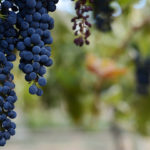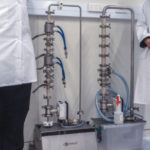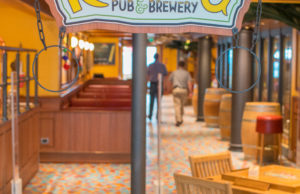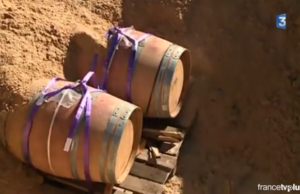Eco-Friendly Wines: Defining the Terms
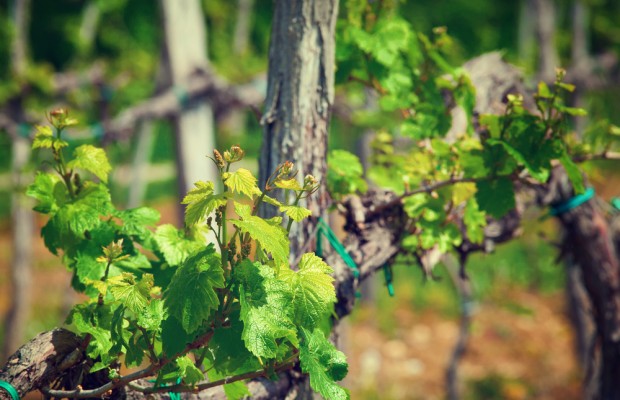
These days, we all want to do what we can for the environment, and when we remember to bring our canvas bags into the grocery store, or make the investment into the energy-efficient washer, it’s a small win for the planet. But all the terms surrounding wines in this genre (sustainable, organic, biodynamic…) can get a bit confusing. So let’s run through a few, and next time you’re shopping for wine and want to go the “green” route, you’ll know the eco-friendly effort that went into what you’re purchasing.
NATURAL, ALL NATURAL
Just as we’ve come to be skeptical of foods labeled “natural,” we should do the same with wine. There is no standard here, just maybe a winemaker trying to avoid some common chemical-filled practices when it comes to pesticides, adding things to the wine (yeast, sugar, oak…) or filtering methods. So you might be getting a tad bit more of an eco-friendly wine than with a conventional bottle, but it’s tough to tell exactly what practices are being upheld/avoided, etc.
ORGANIC, MADE WITH ORGANIC GRAPES, AND THE “SULFITE” SITUATION
Yes, there is a difference between the labels “Certified Organic Wine” and “Wine made with Organic Grapes.” Organically grown grapes avoid the use of toxic pesticides and fertilizers, and one can make wine with that. However, certified organic wine means the wine was made using only 100% organic methods and ingredients (not counting added water and salt). In addition, and this is where it gets a bit tricky…winemakers cannot add sulfites to 100% organic wines. (The USDA considers sulfites to be a synthetic food additive.) On the other hand, those wines “made with organically grown grapes” can have added sulfites (up to 100 parts per million). That being said, there is no wine that is truly sulfite-free. Why? Naturally occurring sulfites! Sulfites are nature’s way of protecting plants from harmful microbes, and natural sulfites are produced when grapes are fermented during the winemaking process. So, there are wines that are almost sulfite-free and there are wines that are free of added sulfites, but all wine (and also beer and cheese) contain some natural sulfites. If you do have a bottle of conventional wine, or “made with organic grapes” wine, sulfur dioxide was probably added (this is the chemical makeup in the beginning, which is then present in the finished wine as sulfites). Tip? Decant! This allows the wine to aerate and is said to help release some of the sulfur.
SUSTAINABLE
Sustainability refers to practices that are environmentally sound and also socially responsible. It’s about adopting responsible practices and making them an integral part of the business of the farm, and therefore the grape-growing. A farmer on a sustainable farm considers the soil as the foundation of the process, he or she tries to minimize off-farm inputs, and there is a focus on conservation, pest management, water, and energy (and adopting environmentally and socially responsible ways of dealing with these issues). Sustainable winegrowing practices protect our soil, air and water – and these growers are good “stewards of the land,” in that they help ensure the health of the land, the communities and the industry for generations to come.
BIODYNAMIC
Biodynamic is a “holistic” agricultural practice that is organic and more, treating the farm as a living organism. Biodynamic farmers grow grapes in a “clean” environment that is kept healthy through the encouragement of plants and wildlife, not products. For example, these grape-growers would avoid the use of even natural pesticides and weed killers, perhaps instead allowing spiders to thrive among crops in an effort to help to control flies and other small pests. Modern biodynamic farming is basically the creation of an entire eco-system in the growing process and is based on certain agricultural principles proposed by Austrian scientist Rudolf Steiner in 1924. There are an increasing number of these farms and wineries popping up.
And although those are probably the most common wine terms you’ll see when shopping for an “alternative” or “unconventional” wine, there are others worth at least mentioning. Carbon Neutral, for instance. Carbon neutral wineries take some basic steps to be more environmentally friendly, like changing to fluorescent light bulbs or switching from helicopters to wind machines. Then, after cutting waste as much as possible, these wineries will purchase carbon credits to completely offset their remaining footprint. Another thing to look for is simply local wines. Imported items are an enemy to the concept of eco-friendly in general, so sourcing your wine locally is a simple way to ensure that you’re not making too much of an environmental impact. Then, there’s bottling and packaging. Many (even higher-end) wines are being produced in Tetra-Paks or boxes to become more in line with environmentally-smart ways of consumption.
Bottom line, there are several ways that growers and winemakers are trying to do their part for the environment. And now you have a better idea of what some of those specific practices are and how they are labeled on the bottle. Cheers to Planet Earth!




